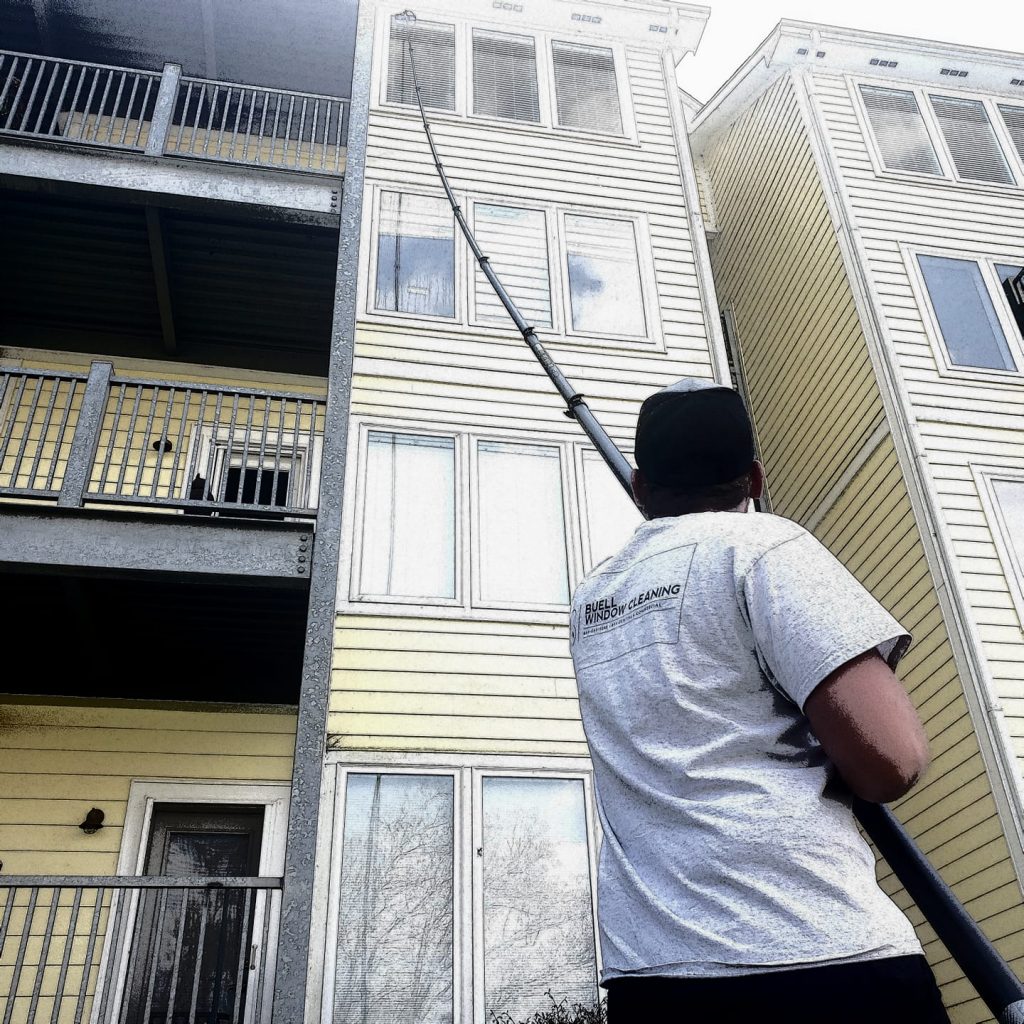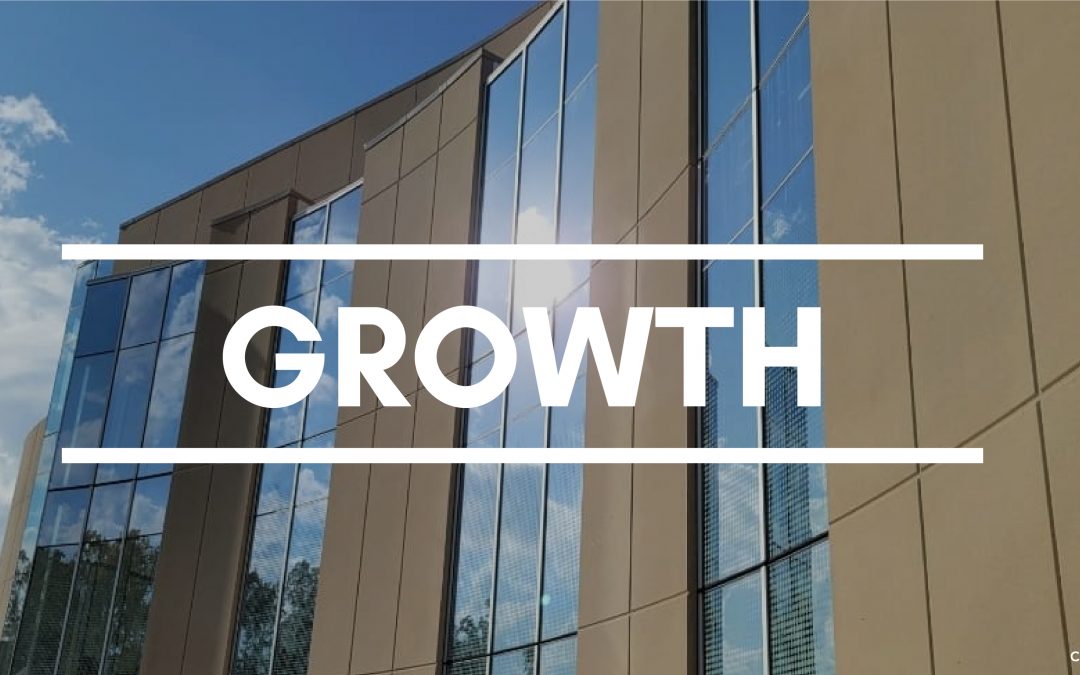As we are in the midst of what I like to call “the summer lull”, I’ve found it very important to not get lulled to sleep and lose sight of capacity and demand. We know the demand will come in the fall, and at Blue Skies we’ve learned the hard way that if we rest on our recruiting practices during the summer lull we end up short-staffed in the fall and leave money on the table. In this article, I’ll address what we’ve found to be the best approach to consistent recruiting results, and I’ll lay out the math that we’ve done internally (after all, I am an accounting nerd) to justify why we must Always Be Cruitin’!
Foremost, let’s outline the key components to an optimal recruiting strategy. Application Flow, Automated Filtering, Efficient Interviewing, Bullet-Proof Onboarding.
Application Flow

Credit: Henry Dreist
Application flow is straightforward. In general, our data shows that 1 out of 100 applicants is an A player (varies by geography, industry, and job board). Hence, we need to ensure we are casting enough lines and setting enough nets to bring in hundreds of applications if we are expecting to grow and manage natural turnover. Sometimes you can generate application flow organically with relationships, free online ads, social media, and boots on the ground. Recently, however, the game has changed. Competing industries (manufacturing, warehousing, shipping, retail, food service, etc…) are spending hundreds and thousands of dollars to attract the ever so scarce talent, and our industry needs to do the same or we will be left in the dust complaining about the lack of employees and hard workers. For perspective, at Blue Skies we spent around $5,000 per month this spring on recruiting ad spend just to make this application flow happen. That’s at just one of our locations that are on pace to do roughly $1 million in sales this year, so a good-sized business but not massive by any means. That amount of spend has ensured we have the necessary application flow to hit that revenue target. The point being, spend what you have to, and know that you can spend a lot more on recruiting than you think. After all, these are the people who make you money, and without them, you are without money, anyway. I’ll come back to the math on this later in the article.
Automated Filtering
Automated Filtering is the next necessary step in your recruiting process. It isn’t viable to sort through hundreds of applications and determine which candidates are the best, neither from a time standpoint or an accuracy standpoint. Delegate this task to technology. At Blue Skies we use an applicant tracking system called CareerPlug (we use this both internally for our operating companies and externally for our recruiting clients). When we post jobs through this system it goes to dozens of job boards automatically. When applicants apply for the job they automatically funnel back into this system where they take an assessment and get a score. This weeds out around 50% of the applicants right from the get-go, either they don’t complete the assessment or they don’t hit the minimum requirements. Now, with everyone having a score, we can easily focus on the top candidates, do a quick resume check to see if they seem like a good fit, and cherry-pick the best of the best so we aren’t wasting our time chasing candidates that won’t be a good fit. On average we find that around 10% of the overall applicants will look appealing once they complete this assessment.
Efficient Interviewing
Efficient Interviewing is all about getting the most bang for your buck. Generally, human beings kind of suck at the interview process. The interviewer may not ask the right questions or pick up on the right questions, and the interviewee may have great interview skills but end up sucking at your job, or on the contrary, might have terrible interview skills but be a great technician for your team. My point is, don’t put too much confidence in your biased assessment of a face-to-face interview. The best interview you’ll have is their first day on the job after you hire them. Hence, the faster you can get a solid candidate through the interview process the better (this applies to technicians, for office staff and salespeople the interview is much more important). In today’s world, this is increasingly important, if you don’t hire fast you’ll miss the opportunity at an A player because someone else will hire them faster. Our mantra is Hire Fast, Fire Fast. I recommend a quick phone interview to get a sense of how well they communicate and can follow a scheduled meeting time, or a group interview where you can efficiently meet with a lot of candidates at once, see how they interact, and see who shows up on time and who is late to the party. That interviewing strategy, along with the assessment score, will tell you what you need to know to get them to the onboarding phase.
Bullet-Proof Onboarding

Credit: Tyler Buell
Bullet-Proof Onboarding is all about removing yourself from the equation. When I say onboarding, I’m not talking about the training or their first day in the office, I’m talking about all of the paperwork to get them from candidate to employee; the W4, I9, company handbook, direct deposit info, attendance policy, smoking policy, cell phone policy, vehicle policy, and so on. This should all be done digitally before they show up for their first day. Again, this is something a good applicant tracking system can do, and since you will be hiring a lot of people this will save you a lot of time, rather than trying to read their chicken scratch handwriting and decipher why their social security number has a letter ‘g’ in it.
Since I’m a nerdy accountant, here is how the numbers play out, on average. For every 100 applicants, about 50 of those will complete the assessment and end up in your applicant tracking system. Of those 50, around 10 will be worth following up with. Of those 10 that you invite to a phone interview or group interview, five will show up. Of those five, two or three will be worth a shot. Of those two or three, one will make it out of training as an A player. Of course, some areas of the country have much better labor markets and these numbers are drastically more positive. On the flip side, markets like Seattle, Salt Lake City, Minneapolis, and a handful of others are much worse. The business I mentioned at the start, spending $5K per month, is in Minneapolis. It is an extreme example, but that business is having a record year and it wouldn’t be if we had not gotten extremely aggressive on our recruiting spend.
That amount of spend, in just one month, might seem asinine at first glance. However, here is how the math works out. On average, a window cleaner technician can generate $100K to $200K of revenue per year. That varies widely based on residential vs. commercial, high rise vs. ground level, and northern states vs. southern states that operate year-round. In any case, let’s take the conservative approach and say a window cleaner, at a minimum level, will generate $100k of revenue in a year. That would mean they are producing about $2,000 of revenue per week or $400 per day per employee. I know that is on the super-duper low side, but for the sake of emphasizing my point, I’m going to use that low of a threshold. The higher the revenue number the more you can afford to spend on recruiting, naturally. I like to target recruiting spend of 1-2% in our businesses. That means for each A player I can spend anywhere from $1,000 to $2,000 in recruiting spend and be in line with my business model. In the months that we spent $5K, we were generally hiring around 10 per month ($500 per hire). Knowing that many won’t make it we always overhire. Of the $15K, we spent during March/April/Mar we have 12 A players now. Our average spend per A player was just over $1,000. That is definitely expensive compared to prior years, but easily within our business model and now propelling us to record revenues and record profits.
The moral of the story is, follow the ABCs and Always Be Cruitin’. As we work our way through the summer lull don’t get complacent on your hiring practices. Keep the funnel flowing and the applicants coming in, even if you don’t have an immediate opening for them. You can do this because you’ll have an automated system that takes very little of your time and because you know you can spend over $1,000 on that next employee and not bat an eye. The demand is out there, and the only thing that will stop you from serving it and making more money is being short on A players. With the math above you can confidently go out and find the crew you need to succeed. Crush it this fall.
For more recruiting, info and content go check out our Facebook group “Blue Collar Recruiting”. And, as always, don’t forget to head to our website yourblueskies.com and grab our free chart of accounts download and free target budget template so you can keep your financials dialed in and your profit margin maxed out.
Dan Platta – CEO – Blue Skies Services
Bookkeeping, Beer, and BS on Facebook

